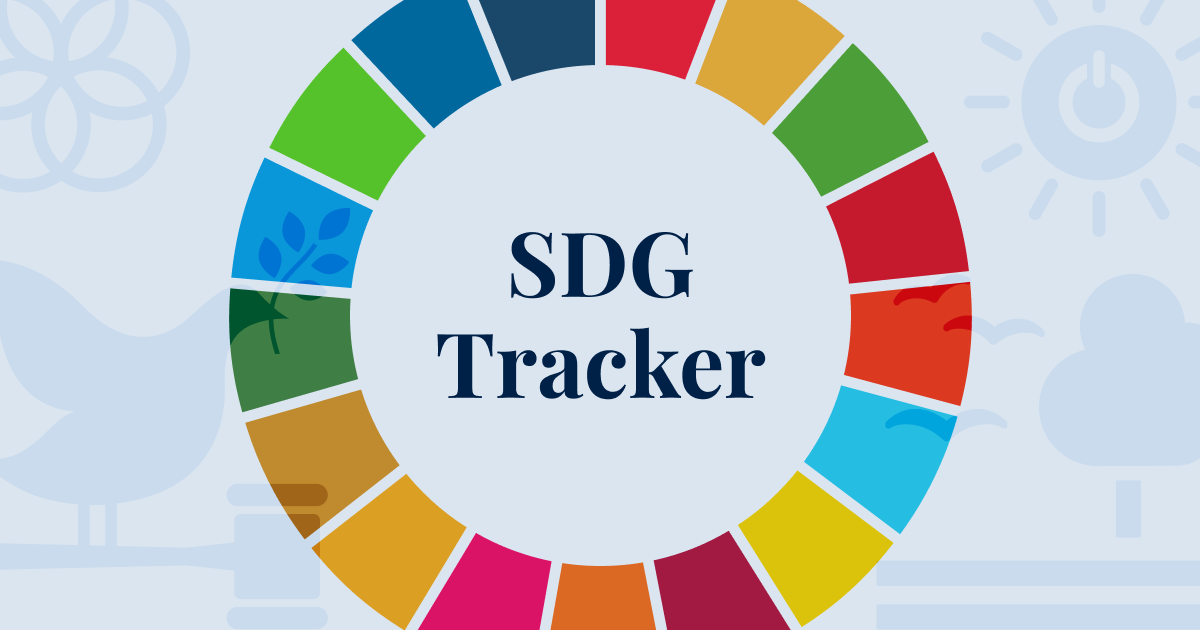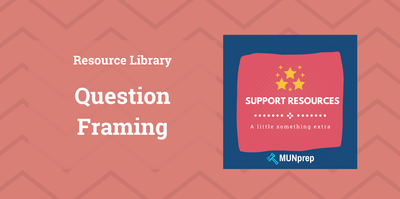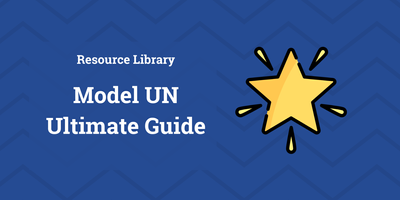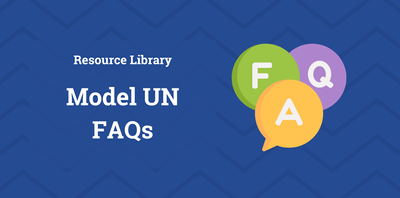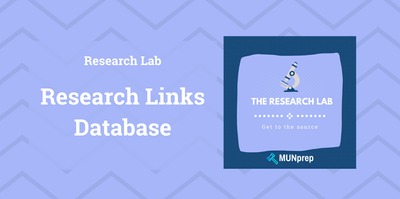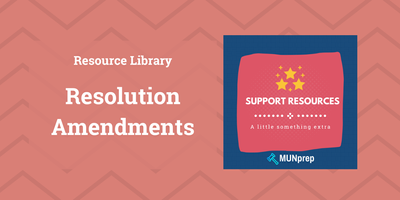The Sustainable Development Goals - What You Should Know
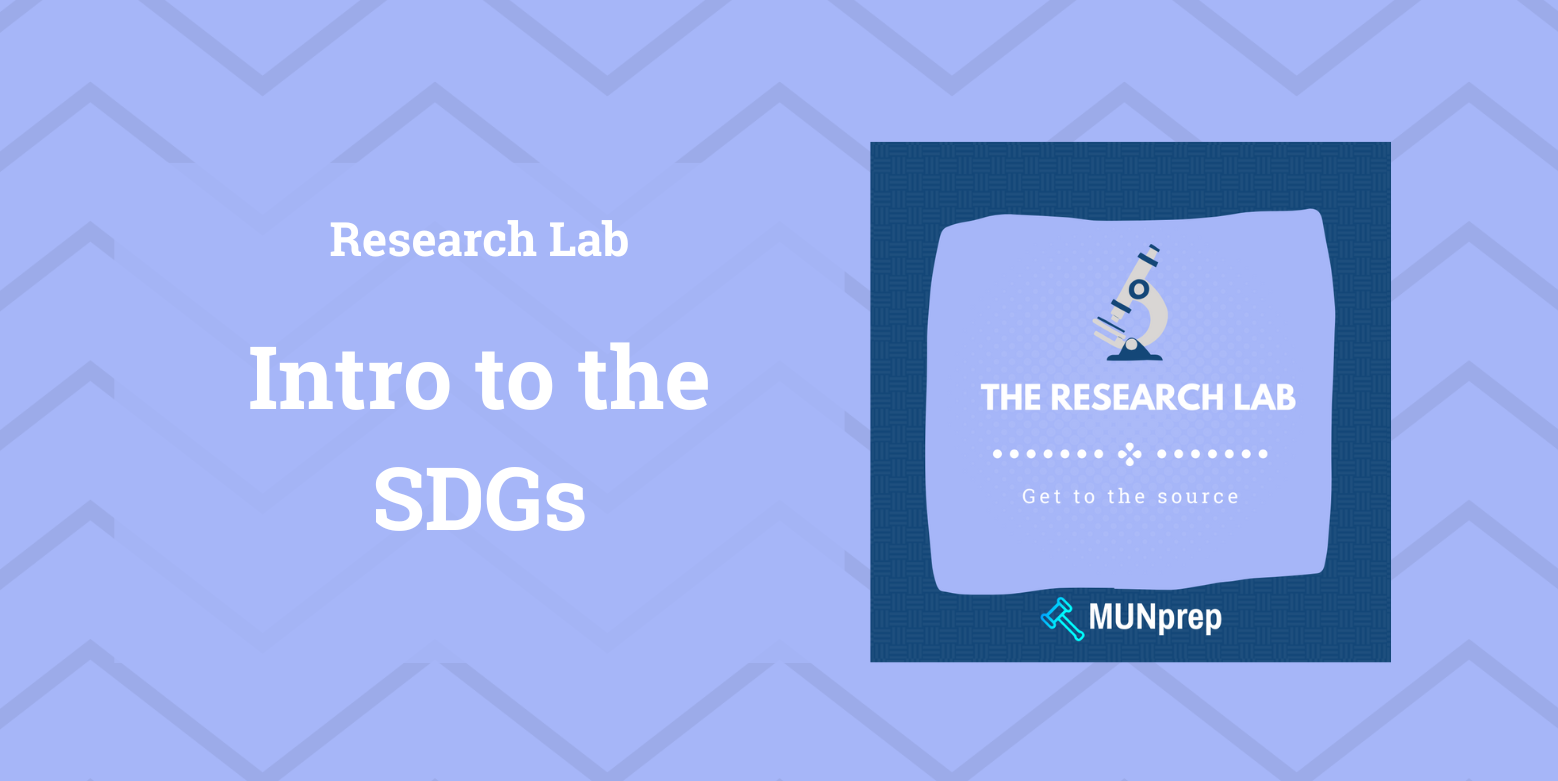
You've probably heard about the Sustainable Development Goals before - It's the United Nations' web of measures developed in 2012 to solve the major issues of the world. With worldwide investment going upwards of 5 trillion dollars per year, these projects are a big deal.
But how are we doing on achieving these goals? What projects are ongoing? Most importantly, how can you as a Model UN delegate use them in your own research?
Today we're going to answer all of these questions, and show you everything you need to know, and how to learn more.
The Sustainable Development Goals
The Sustainable Development Goals (SDGs) are a universal call to action to end poverty, protect the planet, and ensure prosperity by 2030. They address a wide range of interconnected issues, including poverty, hunger, health, education, gender equality, clean water, affordable and clean energy, climate action, and peace and justice.
The SDGs are both broad and long-term, they have served as the marquee project of the UN for the past decade. The idea behind that the UN can bring people together behind an ambitious, and all-inclusive set or projects - basically, everyone stands to benefit, so why not lend a hand?
While there are 17 different goals, 15 of the goals can more or less be grouped under the following 6 headings:

Key features of the SDGs
The SDGs take advantage of the founding principles of the organization and the aims to bring the global community to fight vital global challenges.

Here's why the SDGs are a key initiative and how the UN is working to achieve them:
- Holistic Approach: The SDGs recognize that sustainable development must balance economic, social, and environmental dimensions. By addressing multiple interconnected challenges simultaneously, the SDGs aim to create a more inclusive, resilient, and sustainable future for all.
- Global Commitment: The SDGs are adopted by all UN member states, signaling a shared commitment to achieving common goals. The UN supports countries in implementing the SDGs through capacity-building, knowledge-sharing, policy advice, and resource mobilization.
- Measurable Targets: The SDGs include 17 goals and 169 targets with clear indicators to track progress over time. This allows for monitoring and accountability at the national and global levels, ensuring that countries stay on track to achieve the goals by 2030.
The Challenges of International Politics
The challenges that we face in international politics explain why we need a framework like the SDGs in the first place.
While the UN was created with the goal of international collaboration, this has not always been possible, simply because of some of the core challenges related to global policy making.
This means that resolutions might not always work as initially desired. The reasons for these issues include:
Diverse Membership
The UN has 193 member states, each with its own set of national interests, priorities, and perspectives. Balancing these diverse interests and reaching consensus on global issues can be difficult, particularly when there are conflicting priorities among member states.
Sovereignty
Sovereignty is a major issue that the UN faces, Sovereignty means that a country has the power to make its own decisions and rules without anyone else telling it what to do. It can control what happens inside its borders and how it interacts with other countries. This means that the UN cannot force any country to do anything, so the organization entirely voluntary.
This is because member states are hesitant to give up authority to international institutions like the UN, particularly on issues related to national sovereignty, security, and domestic policies. This can impede progress on global challenges that require collective action and cooperation across borders.

Power Imbalance
Power imbalances among countries, particularly between high-income countries and emerging economies. This can complicate diplomatic efforts. Emerging economies often face challenges in accessing resources, technology, and expertise needed to address global challenges effectively.
Negotiating fair and equitable agreements that take into account the needs and capabilities of all countries is essential but challenging in practice.
Low Trust
Diplomacy relies on trust and cooperation among nations to achieve common goals. However, trust can be fragile and easily undermined by geopolitical tensions, historical grievances, and conflicting interests. Building and maintaining trust among countries requires transparent communication, respect for international norms and agreements, and a commitment to dialogue and compromise.
Successes and Failures of the SDGs
The SDGs have experienced a number of notable successes and challenges. Here are just a few that you can explore:
Successes
Reducing Extreme Poverty (SDG 1)
The number of people living in extreme poverty (below $1.90 a day) has significantly declined in many regions. In countries such as Ethiopia and India, targeted social protection programs and improved economic opportunities have lifted millions out of poverty. For example, Ethiopia’s Productive Safety Net Program combines food aid with public works employment, directly reducing poverty while building community resilience.
Gender Equality Gains (SDG 5)
There has been progress in gender equality, with increases in women’s representation in political leadership and the workplace. For instance, Rwanda now boasts the highest percentage of women in parliament globally, a result of concerted efforts to implement gender-sensitive policies.
Advances in Renewable Energy (SDG 7)
The transition to clean energy has accelerated, with remarkable growth in solar and wind power. Initiatives like India’s International Solar Alliance and the European Union’s Green Deal have contributed to renewable energy expansion. Globally, renewable energy accounted for 82% of new power capacity in 2021, significantly reducing dependence on fossil fuels.

Challenges
Significant Inequalities Persist (SDG 10)
Despite progress, income inequality remains a significant challenge. The COVID-19 pandemic exacerbated this issue, disproportionately impacting vulnerable populations and deepening existing disparities. Wealth concentration among the richest 1% has outpaced income growth for the bottom 50%, undermining progress toward reducing inequalities.

Environmental Degradation and Biodiversity Loss (SDG 13, 14, 15)
While climate action has increased, many environmental targets are far off track. Global emissions continue to rise, and biodiversity loss is accelerating, with over one million species at risk of extinction. Efforts such as the Aichi Biodiversity Targets failed to meet most of their goals, and marine ecosystems remain under threat from overfishing and pollution.
Insufficient Funding and Implementation Gaps
The financing gap for achieving the SDGs remains a major hurdle. Developing countries often lack the resources needed to implement ambitious programs. For example, the Addis Ababa Action Agenda on financing development has fallen short in mobilizing private sector investment for sustainable projects, leaving many targets underfunded.
Key Lessons and Moving Forward
- Collaboration will still be essential: Multi-stakeholder partnerships have proven critical to SDG success. For instance, the Clean Cooking Alliance has improved millions of lives by fostering collaborations across sectors. Strengthening such partnerships can enhance resource mobilization and implementation.
- Data and Monitoring Are Crucial: Tracking progress remains inconsistent. Improved data collection, particularly in low-income countries, is vital to identifying gaps and making informed decisions.
- Address Systemic Issues: Many SDGs are interconnected; addressing systemic issues like inequality, governance, and climate resilience can amplify impact across multiple goals.
Despite its mixed record, the SDG framework has driven global progress and underlined the value of a unified approach to sustainable development.
Continued commitment and innovation will be crucial in overcoming the remaining challenges and achieving the vision of a sustainable future.
Learn More

